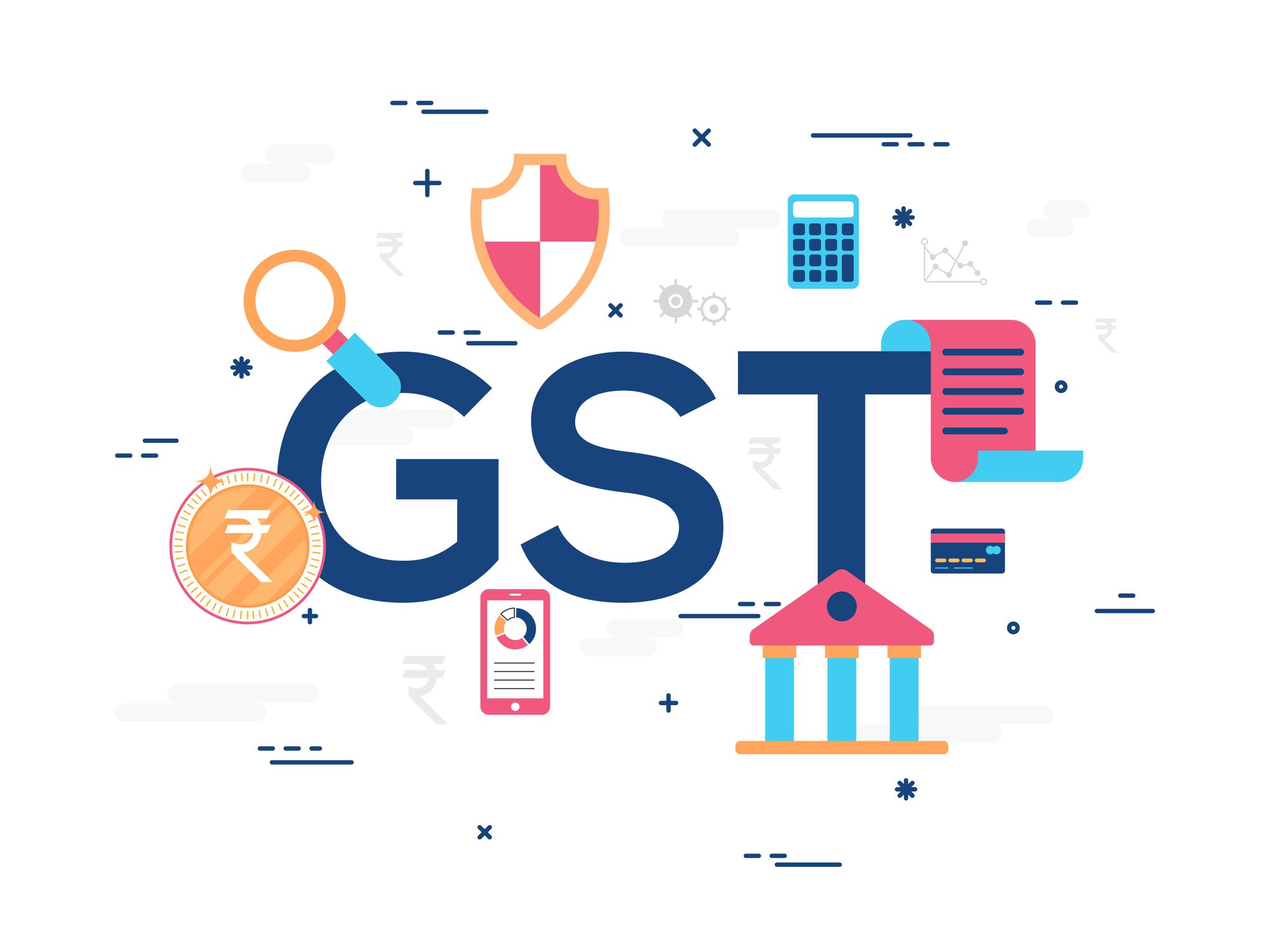Throughout: The Ultimate Roadmap to GST Enrollment for Companies Looking For Financial Security
Navigating the complexities of Item and Solutions Tax (GST) enrollment is an essential step for companies pursuing economic security. From understanding the essential principles of GST to abiding by post-registration guidelines, the process can seem daunting at very first look. Nevertheless, breaking down the roadmap right into workable steps can streamline the enrollment trip for services wanting to improve their financial standing. Let's explore the crucial parts that make up this ultimate roadmap and discover exactly how each stage adds to laying a solid foundation for economic success.
Recognizing GST Essentials
Looking into the essential principles of Goods and Solutions Tax Obligation (GST) is necessary for getting a thorough understanding of its effects on organizations and the economic climate. GST is a value-added tax levied on most products and solutions for residential intake. It has changed numerous indirect tax obligations that existed in the pre-GST era, enhancing the tax structure and enhancing convenience of doing business in India. Under the GST system, both products and services are taxed at a certain price, which is identified based upon their classification. Services are required to register for GST if their annual turn over exceeds the threshold restriction established by the government. Input Tax Obligation Debt (ITC) is a considerable function of GST, allowing organizations to declare credit report for tax obligations paid on inputs, minimizing the general tax problem. Understanding the essentials of GST is important for companies to follow tax guidelines, handle their finances successfully, and contribute to the nation's economic development by taking part in a transparent tax system.
Qualification Criteria for Enrollment
As of the existing laws, the threshold limitation for GST enrollment is an annual accumulation turnover of 40 lakhs for companies running within a state, except for unique classification states where the limitation is 20 lakhs. Additionally, specific organizations are called for to sign up for GST irrespective of their turn over, such as interstate suppliers, laid-back taxable individuals, and companies accountable to pay tax under the reverse fee system. It is crucial for companies to extensively examine their turnover and deal types to identify their GST registration obligations precisely.
Papers Required for Registration
Having satisfied the eligibility criteria for GST enrollment, businesses should now guarantee they have the requisite look at these guys documents in place to continue with the registration procedure effectively. The files needed for GST registration typically consist of evidence of company constitution, such as collaboration act, registration certification, or incorporation certification for different types of businesses. Furthermore, companies require to give files establishing the primary place of organization, such as a rental contract or electrical power expense.
Step-by-Step Registration Process
Beginning the GST enrollment process entails a series of structured actions to guarantee a compliant and smooth registration for services. The very first step is to see the GST portal and fill in the enrollment type with accurate information of business entity. Following this, the candidate obtains a Short-lived Reference Number (TRN) which is made use of to return to the application procedure if it's not completed in one go.
Next, all needed documents based on the checklist offered by the GST portal requirement to be published. These documents generally consist of evidence of company address, identity and registration proofs of promoters, financial declarations, and service entity's frying pan card.

Post-Registration Compliance Standards

Verdict
To conclude, organizations seeking economic security should recognize the fundamentals of GST, satisfy eligibility criteria, collect essential documents, adhere to the detailed registration process, and abide with post-registration guidelines - Best GST registration services in Singapore. By adhering to these steps, companies can make sure compliance with tax obligation policies and preserve economic stability in the long run
Additionally, specific companies are required to register for GST irrespective of their turnover, such as interstate distributors, laid-back taxable persons, and organizations responsible to pay tax obligation under the reverse fee device.Having actually satisfied the eligibility requirements for GST registration, organizations need to currently guarantee they have the requisite informative post documents in location to continue with the enrollment procedure successfully. The documents required for GST registration commonly consist of evidence of service constitution, such as partnership deed, enrollment certification, or incorporation certification for different types of organizations. Furthermore, companies need to provide files establishing the principal area of business, such as a rental arrangement or electrical energy costs.Beginning the GST enrollment process involves a series of structured actions to make certain a smooth and certified enrollment for businesses.